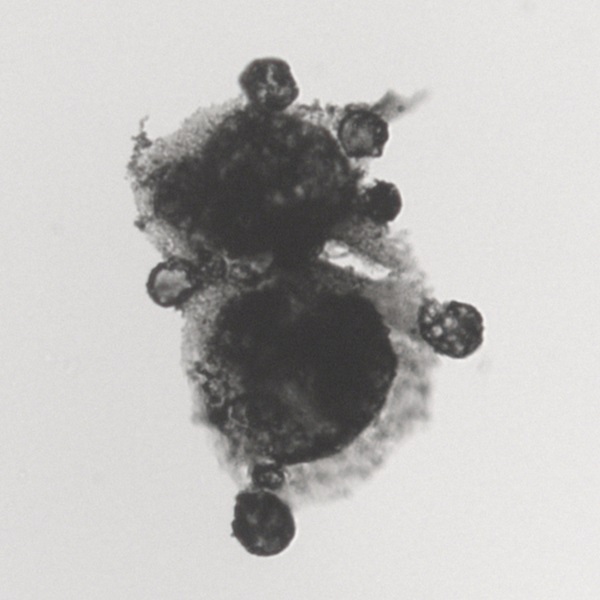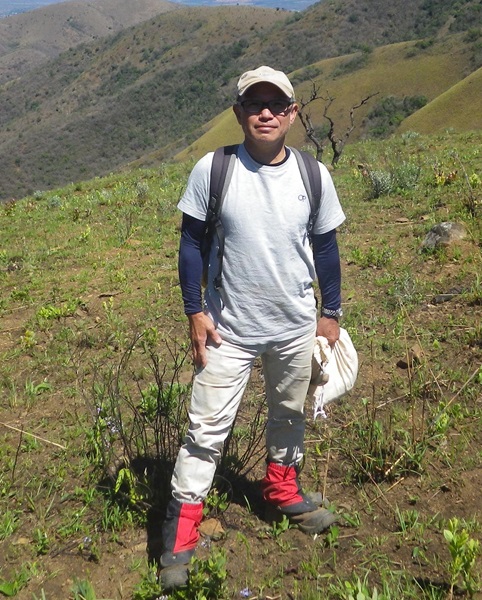
Abstract:
Following several controversies, there now exist sufficient lines of evidence regarding life on the early Archean Earth (>3.0 Ga), which include isotopic and molecular signatures, biologically mediated sedimentary structures (stromatolite), and cellularly preserved microfossils. The described early Archean cellular microfossils are morphologically diverse, including thin to thick (1 to 10 µm in diameter) filaments, small to large (<1 to 60 µm in diameter) spheres, and lenses (20 to 100 µm across). Among them, the assemblages from the 3.0 Ga Farrel Quartzite and the 3.4 Ga Strelley Pool Formation in the Pilbara Craton, Western Australia are particularly important, and are here called “Didgeridoo Microbiota”, though not officially. Didgeridoo Microbiota is composed of morphologically diverse microfossils, including small (5-10 µm in diameter) spheroid, large solid-walled spheroid (~50 µm in diameter), large thin-walled spheroid (~50 µm in diameter), large flexible-walled spheroid (~150 µm in diameter), and lenses, which are characterized by a central spheroid body surrounded by thin discoid appendages, hereafter called flange. Lenses (lenticular microfossils) could be further classified into several types based on morphology, surface texture and assumed life cycle variations. Didgeridoo Microbiota gives us unvaluable information about how diverse Paleo- to Mesoarchean microbes were. Additionally, unexpectedly well-preserved morphology, texture and geochemistry of this microbiota could provide us with clues to functions and metabolisms of ancient microbes and to ancient environment, including reproduction by multiple fissions and budding, planktonic behavior, possible presence pf 3.0 Ga oxygen oasis and possible motility. In this talk, I would like to present what we have learned from Didgeridoo Microbiota through nearly 20 years studies and propose feature research plans.
Speaker: Prof Kenichiro Sugitani, School of Science and Graduate School of Environmental Studies, Nagoya University.

Speaker bio:
Ken Sugitani is an associate member of Australian Centre for Astrobiology, a regional editor of Astrobiology and a member of editorial advisory board of Geobiology, and has discovered diverse microfossils from the 3.0 Ga Farrel Quartzite and the 3.4 Ga Strelley Pool Formation in the Pilbara Craton, Western Australia.
Host: Shawn McGlynn, ELSI.
Date: Fri, 19 February, 2021, 15:30-16:30 JST (Fri, 19 February, 06:30-07:30 UTC)
Venue: Online
